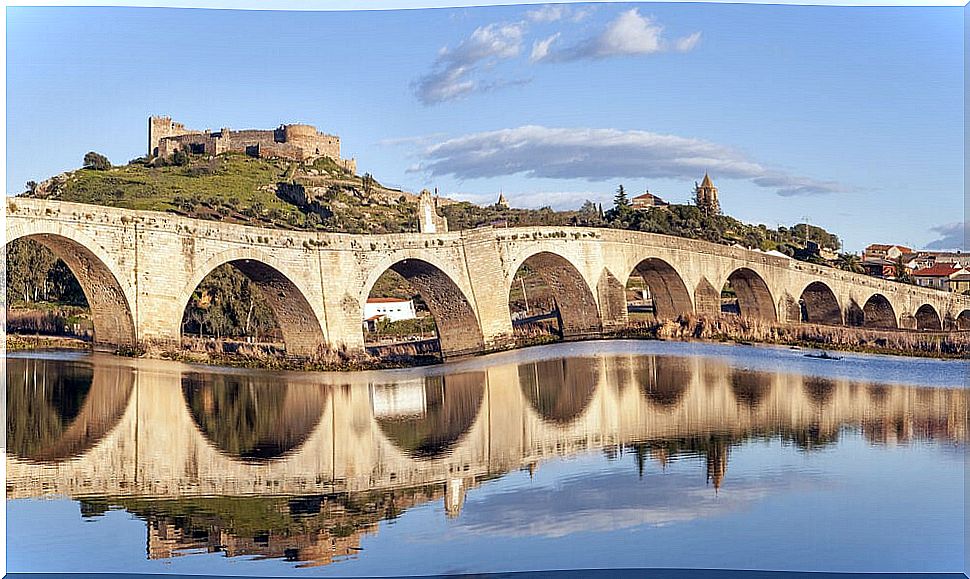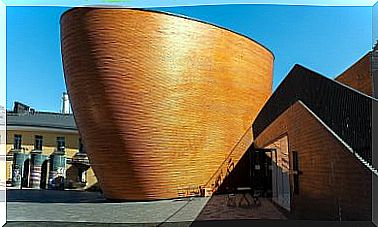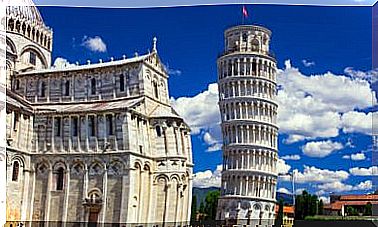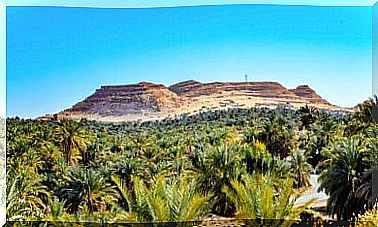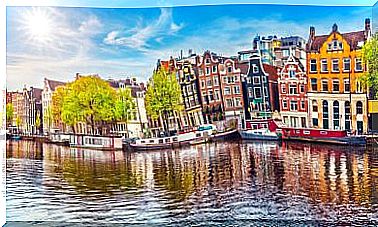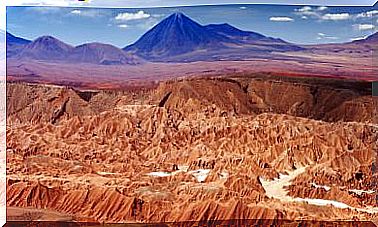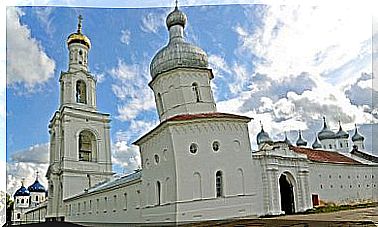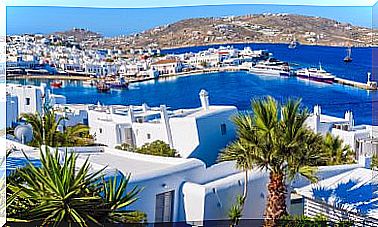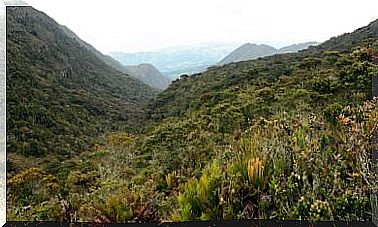A Walk Through Olivenza, A Town On The Border
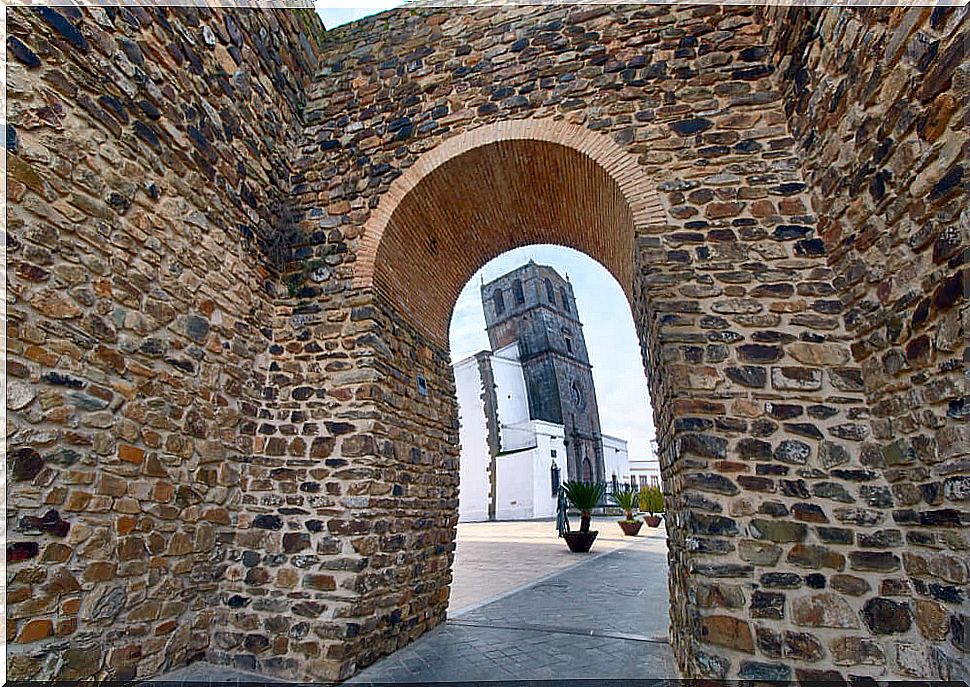
Olivenza is a town in the province of Badajoz that is located on the border with Portugal. In fact, this beautiful municipality was Portuguese from 1297 to 1801. In it you will find a rich historical and cultural heritage in which the castle is the protagonist. Are you coming with us to walk through its streets?
The history of Olivenza, a border town
The history of Olivenza is marked by the continuous disputes between Spain and Portugal for their lands. Until 1297 it was part of the Crown of León. Previously there the Order of the Temple had settled, which had created a rich encomienda. But this would entail a series of problems and envy and they soon had to hand over the lands of Olivenza to the bishopric of Badajoz.
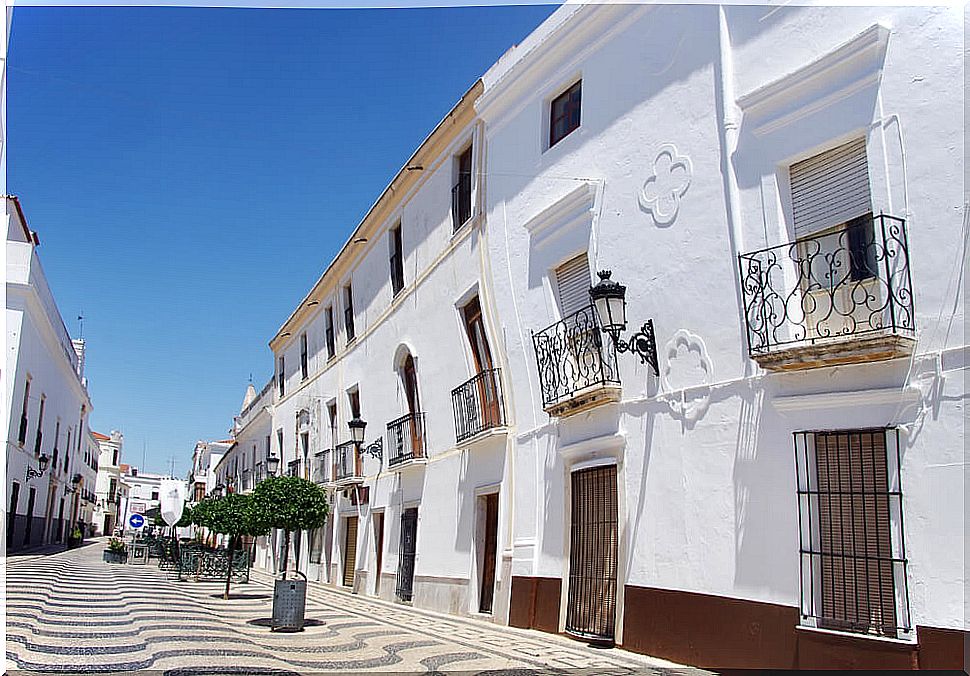
Thus, at the end of the 13th century, a turbulent period began for the history of the Kingdom of Castile, a fact that King Dionysius I of Portugal took advantage of. The latter, seeing the constant disputes between Juan de Castilla and the regent queen, María de Molina, supported the former and succeeded in having the village of Olivenza ceded to Portugal in the Treaty of Alcañices.
From that year Olivenza began to grow, it was granted the title of town and its walls were built. These will be reinforced little by little, while in the 16th century its magnificent bridges were built. But soon the conflicts between Spain and Portugal would begin to redefine the border between them.
In this way, the town would pass back to Spain in 1801, after the so-called War of the Oranges and through the Treaty of Badajoz. Olivenza has been a source of dispute since then by some social groups, despite the fact that Portugal and Spain have reaffirmed their borders.
What to see in Olivenza
Olivenza castle and its walls
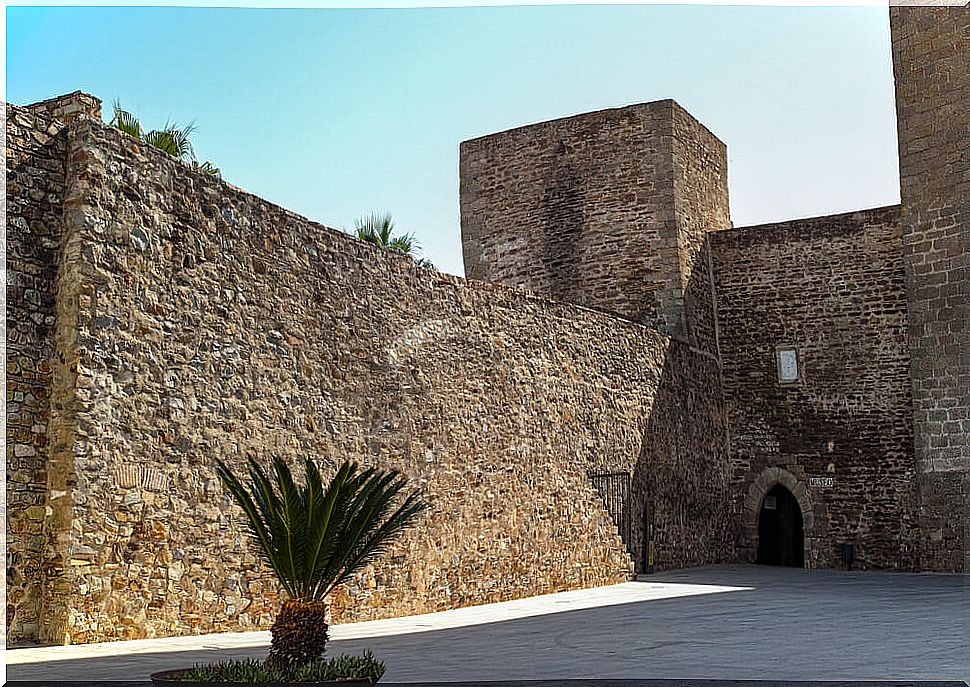
The castle or fortress is the star of the architectural heritage of this Extremaduran town, since it encompasses practically the entire historical population. And it is that Olivenza is a fortified town whose origin is in the 9th century and that we owe to the Order of the Temple.
However, it will be the different Portuguese kings who reinforce the site. Thus, Dionysius I walled it off and in the 14th century it was fortified with imposing towers with machicolations. The keep stands out with its 36 meters high. Its construction is due to King Alfonso IV of Portugal and in the 15th century it was reinforced thanks to the order of King John II.
In the alcazar you can visit the González Santana Ethnographic Museum. It is a museum dedicated to showing the customs of the town, so you will find numerous objects of daily life, tools for making crafts, etc.
The picturesque streets and its other monuments
Strolling through them you will find examples of both Spanish architecture and Portuguese architecture. And, in addition, you will find double signs in the streets: one with its Spanish denomination and another with its Portuguese denomination.
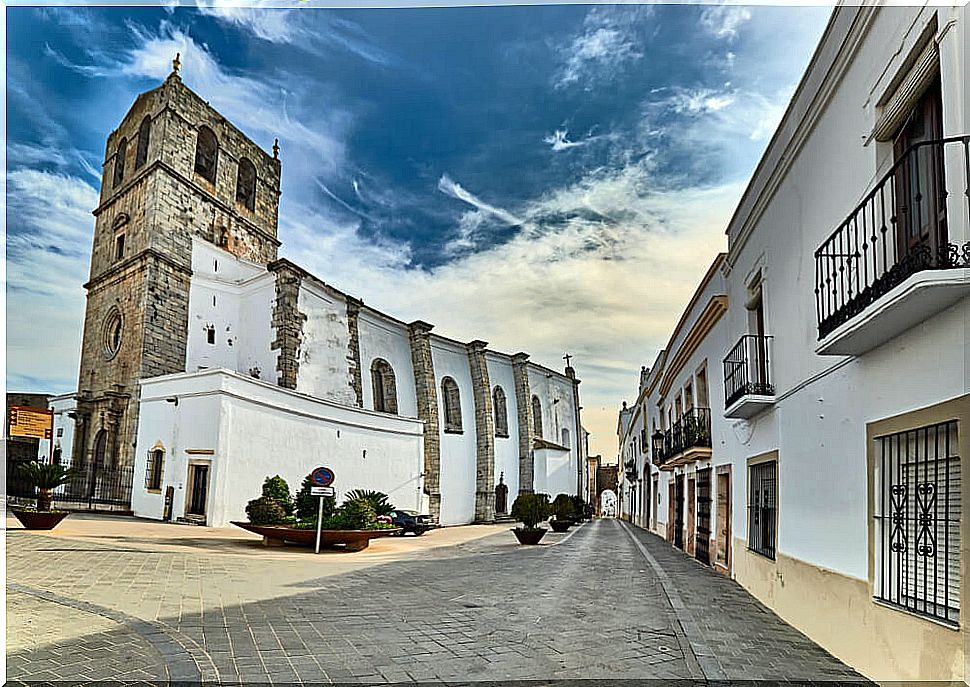
Walking you can find the convent of San Juan de Dios. It is a convent built between the 16th and 17th centuries. In its origin it was inhabited by the Poor Clare nuns and its construction was due to the generosity of a noblewoman named Eleanor.
Another attraction is the church of Santa María de la Magdalena. It is an example building of the Manueline art that was developed in Portugal. Its origin dates back to the 16th century and is a mixture of late Gothic architecture and the use of ornate tile decorations typical of areas such as Lisbon or Porto.
We must also mention the church of Santa María del Castillo, a temple built on the primitive 13th century church. The current one is the work of André d’Arenas and was built between 1584 and 1627. On its main altar you can see historiated tiles that reproduce the capture of Jericho and the defense of Gibeon.
Finally, you will be able to contemplate the Ajuda bridge. It is a bridge built by order of the Portuguese King Manuel I in 1510 and that crosses the Guadiana river and connects Olivenza with Elvas.
